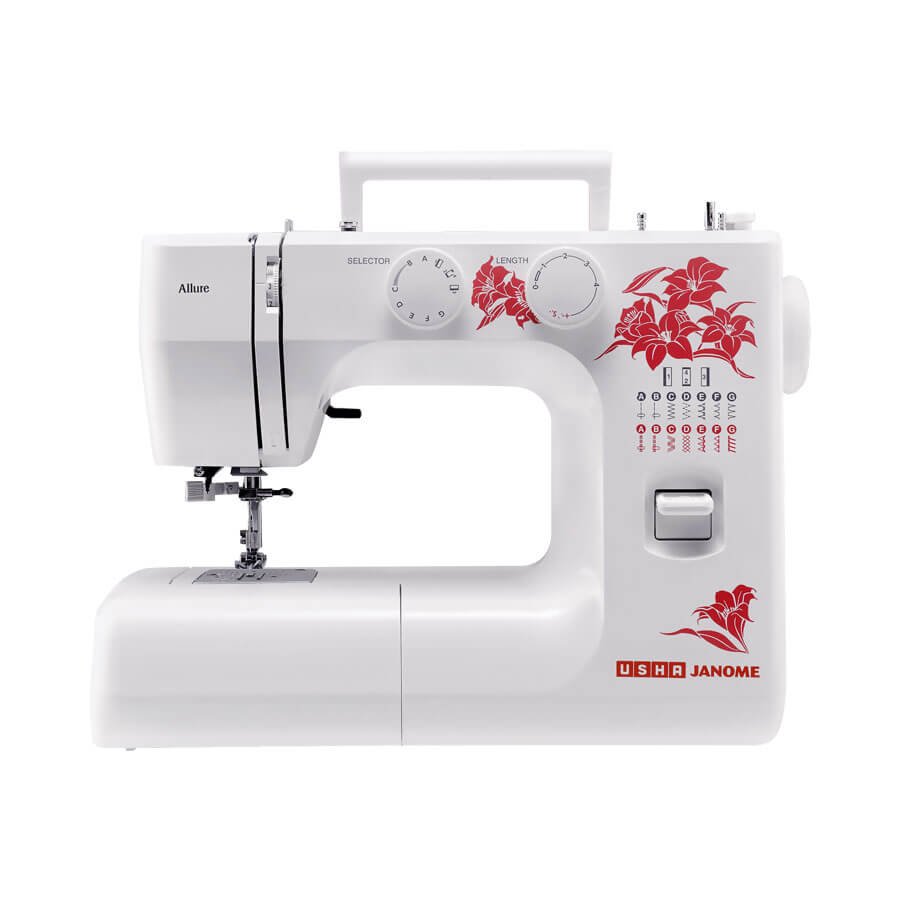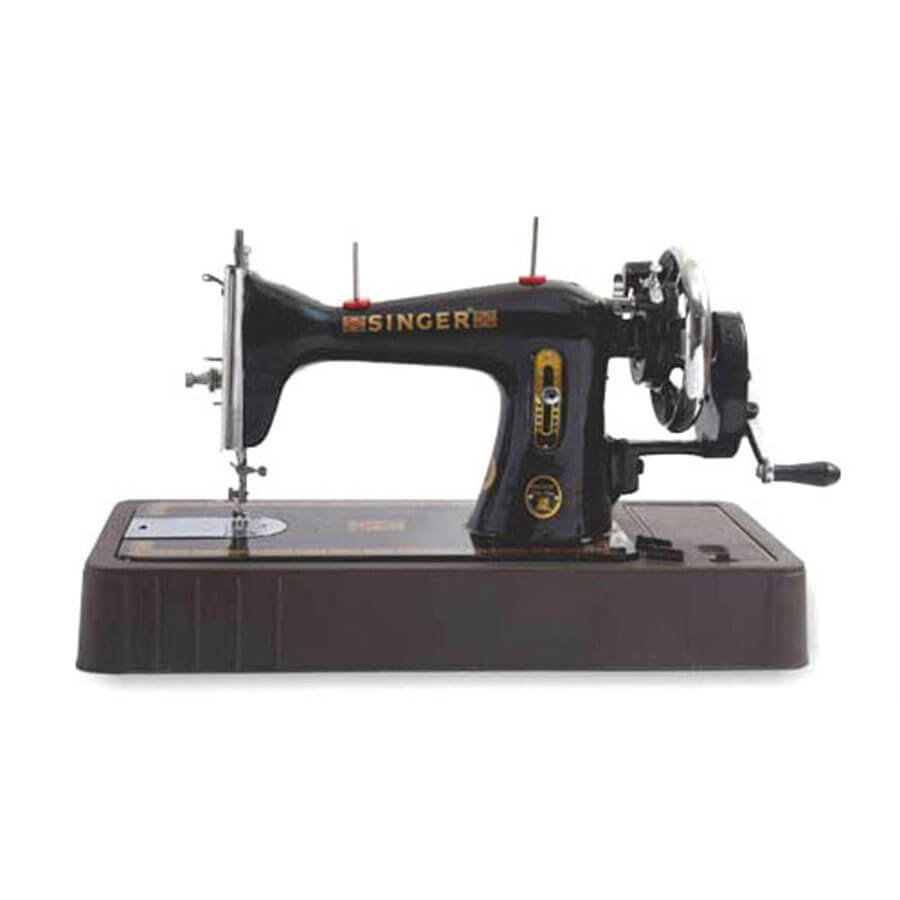Sewing Machine Showroom in T Nagar - VS Sewing Machine
The history of the sewing machine wouldn’t exist without the artistry of
hand sewing. People started sewing by hand some 20,000 years ago, where
the first needles were made from bones or animal horns and the thread
made from animal sinew. Our inventive instinct explains the natural
progression to want to improve sewing techniques and make it less
laborious. Cue the Industrial Revolution in the 18th Century, where the
need to decrease manual sewing in factories became paramount. more details
Machines might seem boring and mundane things—dirty and noisy and full of fuss—but just trying imagining life without them. Take
sewing machines, for example. Without those tireless, automatic cloth
stitchers, thumping their needles up and down all day long, you
wouldn't have all those fancy clothes in your wardrobe, and the
ones you did have wouldn't be anything like as decorative or
cheap. Modern fashions and textiles can be fabulously arty and
creative, but they depend on surprisingly humdrum bits of engineering:
electric motors; cranks and cams; wheels, gears and levers—the kind
of clanking metal bits and bobs more at home inside a car! So
why does a sewing machine need all this stuff inside it? Let's take a closer
look! view details
Remember when you first learned to sew with a needle and a length
of cotton thread? The technique you used back then (and you probably
still use it for simple hand repairs) is called running stitch.
Suppose you want to join two pieces of flat material together. You
thread a needle with a length of cotton (maybe doubling it up for
strength), press the two pieces of material together, then simply
push the needle through them so it takes the cotton with it. You
pull the needle right through, move it along the material a little
bit to form a stitch, then push it back through the material in
the opposite direction, leaving some of the thread (the stitch)
behind. In this kind of hand sewing, you use a single thread, and the
stitches form alternately on the upper and lower sides of the
material. view details
If that's your idea of sewing, you've probably never quite been able to figure out how a sewing machine works. If it keeps raising and lowering its needle, how can it possibly pass the thread back and forth without getting all tangled up? If the needle pokes the thread down through the material and then pulls it straight back up again, how does a stitch form at all? Isn't the stitch getting undone when the needle comes back up? It just doesn't make any sense! This problem challenged many inventors during the 19th century, who struggled with ways of mechanizing the process used by a skilled human seamstress. It's easy to see how a robot arm could sew running stitch, because it could just hold a needle the same way you do and repeat exactly the same motions. But an ordinary sewing machine clearly can't stitch that way because it never "lets go" of the needle, pushes it right through the material, or reverses its direction. And, in any case, they didn't have robots in those days! view details
The sewing machine device was invented in 1790 by English inventor, Thomas Saint, but he could not advertise his invention. He designed a wooden awl to make holes in leather and canvas, thus allowing a needle and single piece of thread through to hook underneath, and forming locked chain stitches. Josef Madersperger began developing the sewing machine in 1807 and he presented the working machine in 1814. more details


No comments:
Post a Comment